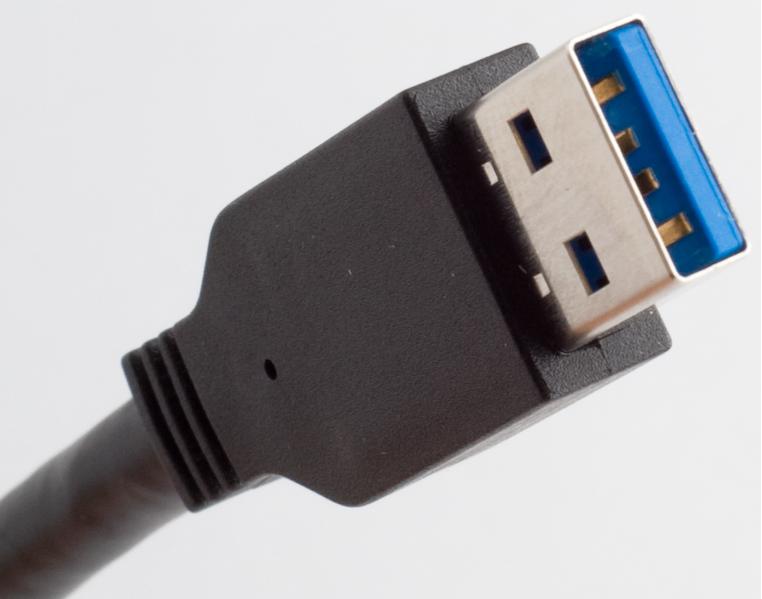USB-IF Working on New Wireless USB Spec
There's a new USB spec in development allowing the USB protocol and speeds over a wireless connection.
The non-profit USB Implementers Forum (USB-IF) announced on Monday (pdf) the development of the new Media Agnostic USB (MA USB) that aims to enable wireless devices and docking stations to communicate over the USB protocol without the need for a physical, wired connection. The spec is also shooting to achieve wireless gigabit transfer rates while using the existing USB infrastructure.
The USB-IF group said this week that the WiGig Serial Extension (WSE) v1.2 specification from the Wi-Fi Alliance will provide the initial foundation for the new MA USB specification. The WSE specification has been formally transferred to the USB-IF from the Wi-Fi Alliance, and the WSE specification already incorporates the USB protocol.
Wireless devices using the MA USB spec will be compliant with USB 3.1, USB 3.0 and USB 2.0, meaning the devices will use existing drivers and APIs.The WiGig spec can achieve several times the speed of Wi-Fi, up to 7 Gbps, by accessing the unlicensed 60 GHz frequencies within a short range like the bedroom or den. WiGig became a part of the Wi-Fi Alliance at the beginning of the year.
The non-profit USB-IF group has also established an MA USB Work Group that is currently developing the MA USB v1.0 spec, which can supposedly use any kind of wireless system including WiGig, Wi-Fi and UWB (Ultrawide Band). This development will take around a year to complete, and then likely another year before devices with wireless USB technology will appear on the market. Work on wireless USB began sometime around 2004.
"We are pleased to see the USB-IF use the WiGig Serial Extension in its development of the Media Agnostic USB specification," said Edgar Figueroa, president and CEO of Wi-Fi Alliance. "Advanced wireless usages of serial bus technology have the potential to deliver great benefit to users."
News of the new spec arrives after the Wi-Fi Alliance revealed new WiGig CERTIFIED branding on Sunday for certified products entering the market as soon as next year. Unlike the current dual-band 802.11ac Wi-Fi spec which operates on the 2.4 GHz and 5 GHz bands, these devices will operate on the 60 GHz frequency band as previously stated. This allows for low-latency traffic, multi-gigabit speed and secured connectivity between nearby devices.
"In addition to developing a certification program to validate product interoperability, Wi-Fi Alliance has initiated several projects to address 60 GHz implementations of data, display, and audio applications," the group stated. "Newly-formed cooperative relationships with other industry organizations will also help ensure delivery of the best user experience with a variety of applications on WiGig CERTIFIED products."
Get Tom's Hardware's best news and in-depth reviews, straight to your inbox.
WiGig CERTIFIED and Wi-Fi CERTIFIED products are expected to implement USB functionality, the group said.

Kevin Parrish has over a decade of experience as a writer, editor, and product tester. His work focused on computer hardware, networking equipment, smartphones, tablets, gaming consoles, and other internet-connected devices. His work has appeared in Tom's Hardware, Tom's Guide, Maximum PC, Digital Trends, Android Authority, How-To Geek, Lifewire, and others.
-
khaledegy200 Reply11520187 said:like Antonio replied I am surprised that someone able to earn $5384 in 4 weeks on the internet. investigate this site ....... http://x.co/2Idbm
mmmm... where is antonio's reply???
